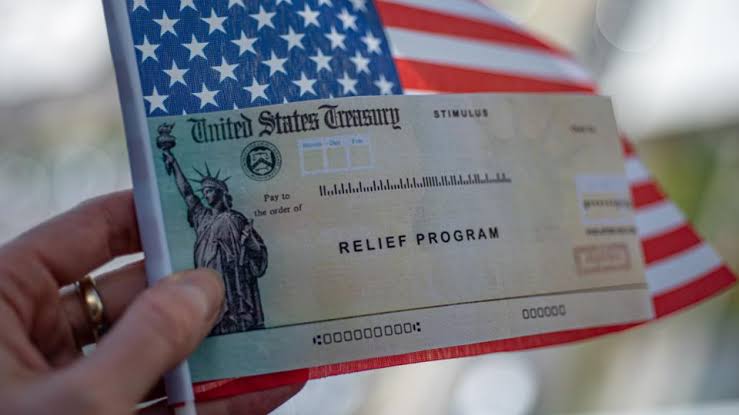Experts say there's a coming unemployment cliff and millions of Americans may fall off
- Posted on August 02, 2021
- Editors Pick
- By Glory

Federal unemployment programs that kicked off last year due to economic decline caused by the pandemic are set to end by September 6.
With no news of Congress extending the programs, millions of unemployed Americans are set to lose Covid income support which is a matter of great concern for those involved. A benefits cliff, which is quite different from what jobless people experienced last year is just around the corner and many people are worried.
So far, there hasn't been an urgency among Congress to extend the pandemic benefits program beyond Labor Day, the official end date. Senior fellow at The Century Foundation, Andrew Stettner said "there's almost nobody talking about extending the benefits."
Who may fall off the benefit cliff?
Millions of unemployed Americans who have received government Covid support and benefits over the past year, who still do not have any form of income, are the ones who will fall off the benefits cliff. This in this category include long-term unemployed, self-employed, freelancers, gig workers, and those who were ineligible for state benefits. As of July 10, more than 9 million unemployed Americans were still receiving this benefit, according to the Labor department.
By the proposed end date, September 6, about 7.5 million people will still collected unemployment benefits, after which they'll lose their entitle to any pandemic unemployment benefits, according to Stettner.
Only people eligible for traditional state unemployment insurance will continue to receive weekly payments past Labor Day. About 3 million people are currently receiving state benefits. However, they will be cut off a $300 weekly supplement.
The Labor Department reported that state benefits accounted for nearly 38% of Pre-layoff wages for workers in the first quarter of 202. An expansion of the CARES Act remains uncertain, although Congress has expanded payments in past economic downturns and recessions, according to history. For instance, in the 1930s, during the Great Recession, workers were given 99 weeks of employment benefits — far above the 26 weeks allocated by some states.
Congress took quick steps to extend the unemployment aid programs which were first supposed to end in December 2020, then March 2021, via the American Rescue Plan. However, compared to past times, Stettner said this time is different as "so many people more than ever have been cut off from something like this," he compared past cliffs to the current looming cliff.
It's not all bad news as the economy has recovered faster than any other recession in history. The Commerce Department on Thursday released data that showed that the economy is now larger than it was before the pandemic. Hiring has also been up in the past few months. In June alone, there were 850,000 employments, up from May's 583,000 and April's 269,000. While the numbers have dramatically dropped, about 7 million Americans still remain jobless.
Critics of the expanded benefits programs believe that the government has only succeeded in encouraging jobless Americans to continue to stay at home rather than actively look for work. The critics believe this has made it harder for some businesses to fill openings and also contributed hiring pauses.
"Businesses across the state continue to say they would grow and expand, if it wasn't for the lack of workers," said Marcia Hultman, secretary of the a South Dakota Department of Labor and Regulation, in May. "Ending these programs is a necessary step towards recovery, growth and getting people back to work."
Economists, Fiona Grieg, Daniel Sullivan, Peter Ganong, Pascal Noel and Joseph Vara, in a recent paper published by the JPMorgan Chase & Co Institute, based on their research, wrote that "unemployment supple,nets have not been the key driver of the job-finding rate through mid-May 2021 and that U.S. policy was therefore successful in insuring income losses from unemployment with minimal impacts on employment."
Some other economists also argue that benefits are not the reason why people are not returning to work, but pandemic-related factors, primarily. For instance, workers who have either been contaminated with the virus or have to care for a family member who has been infected.


Be the first to comment!
You must login to comment